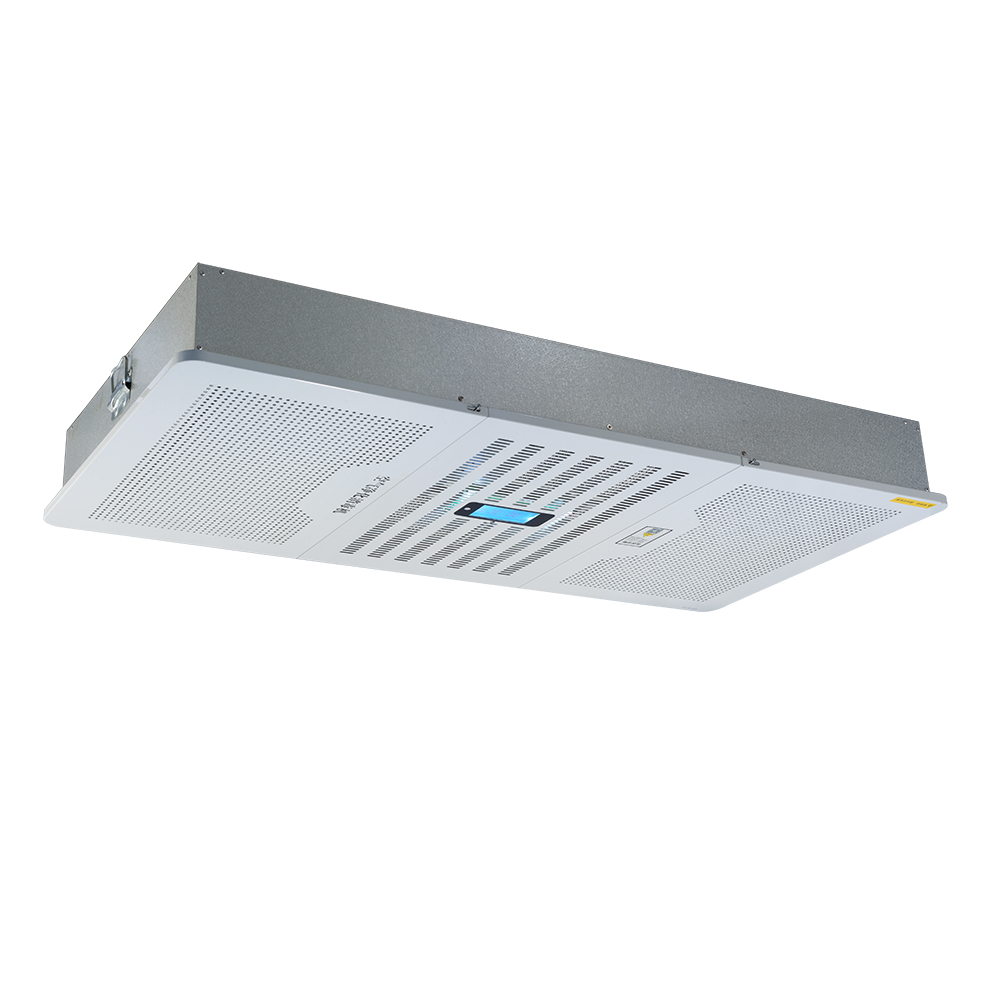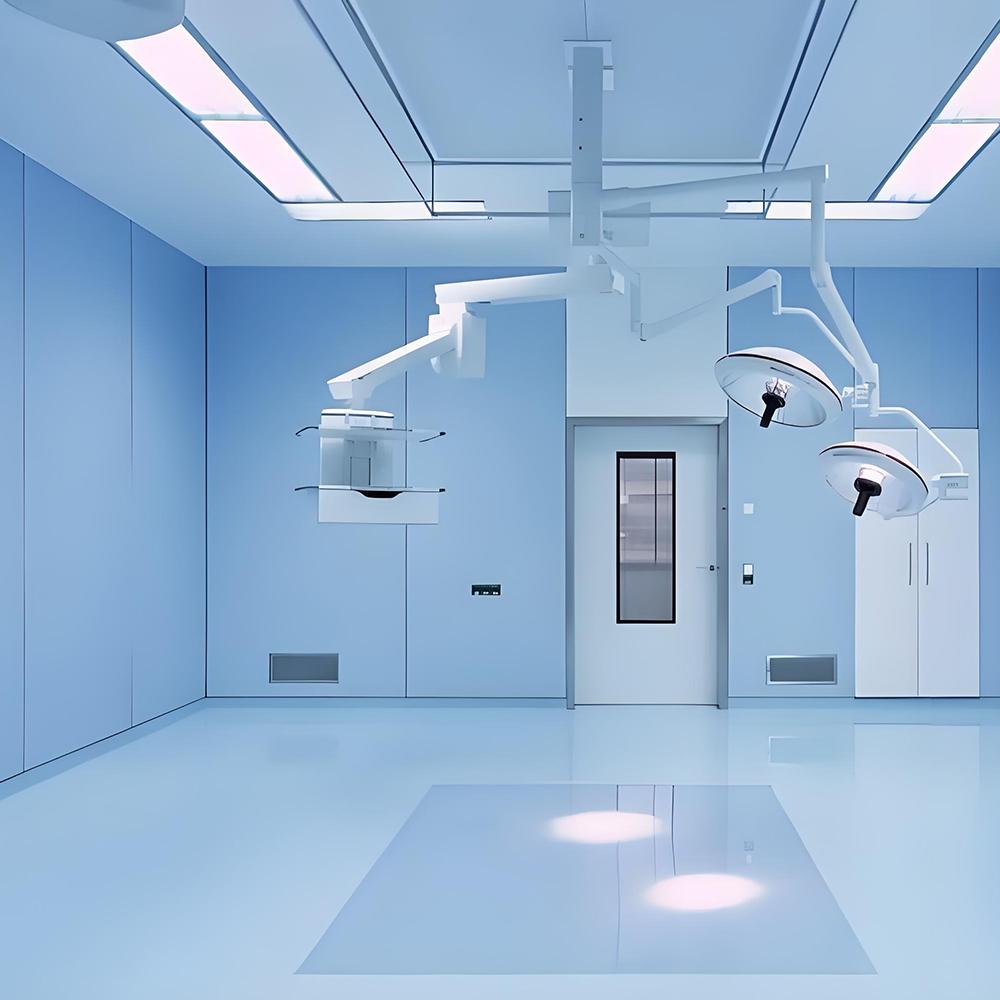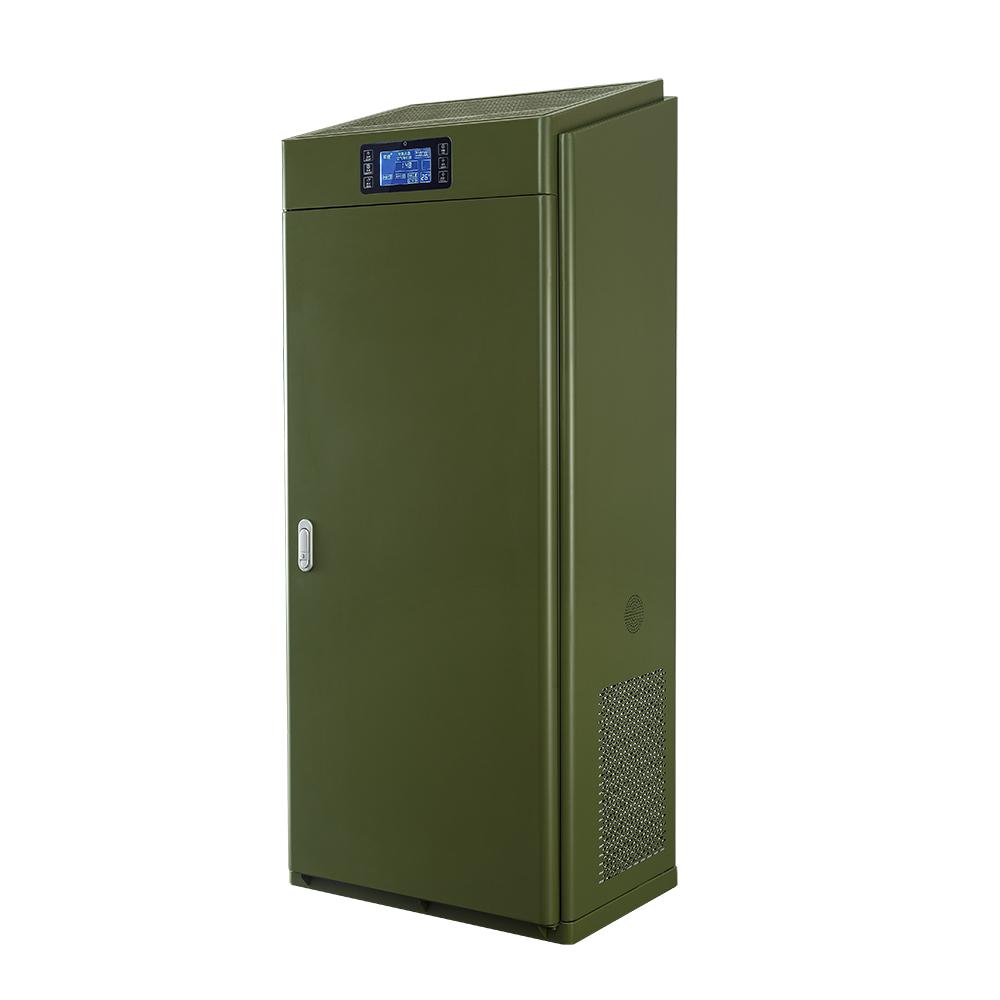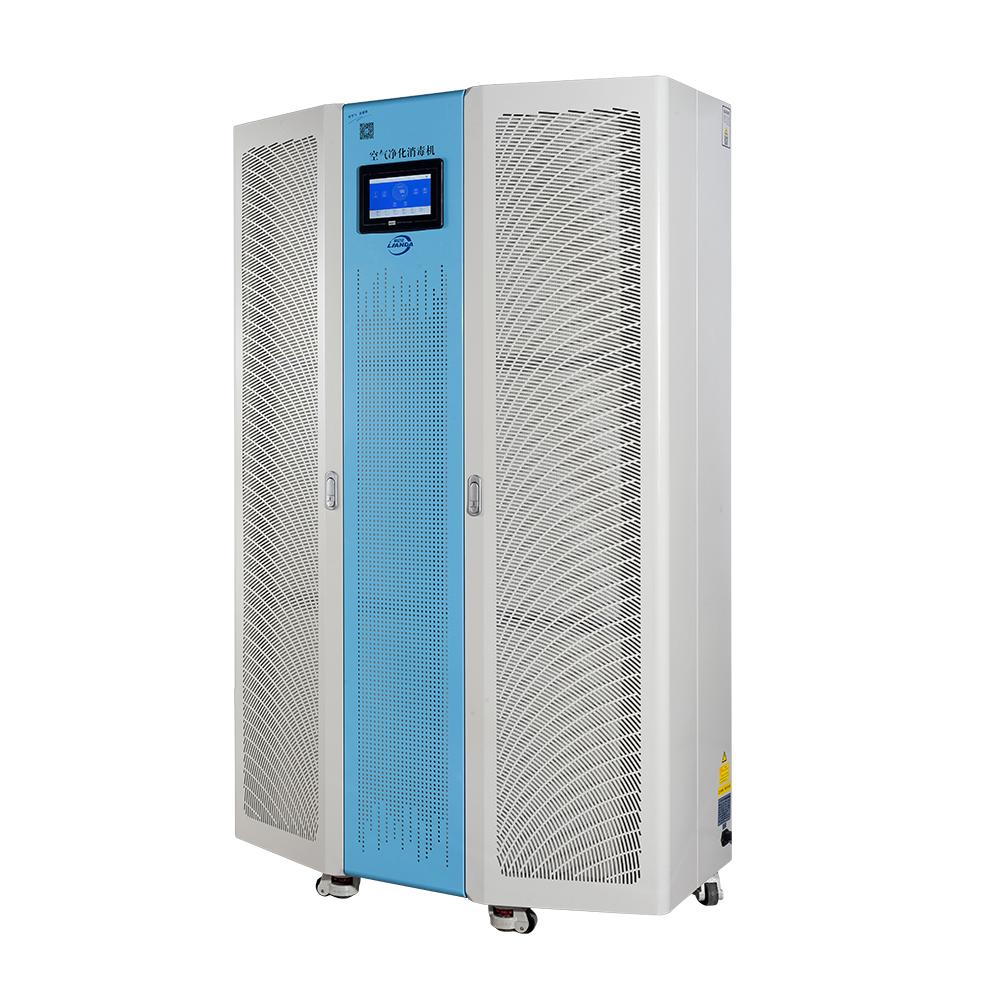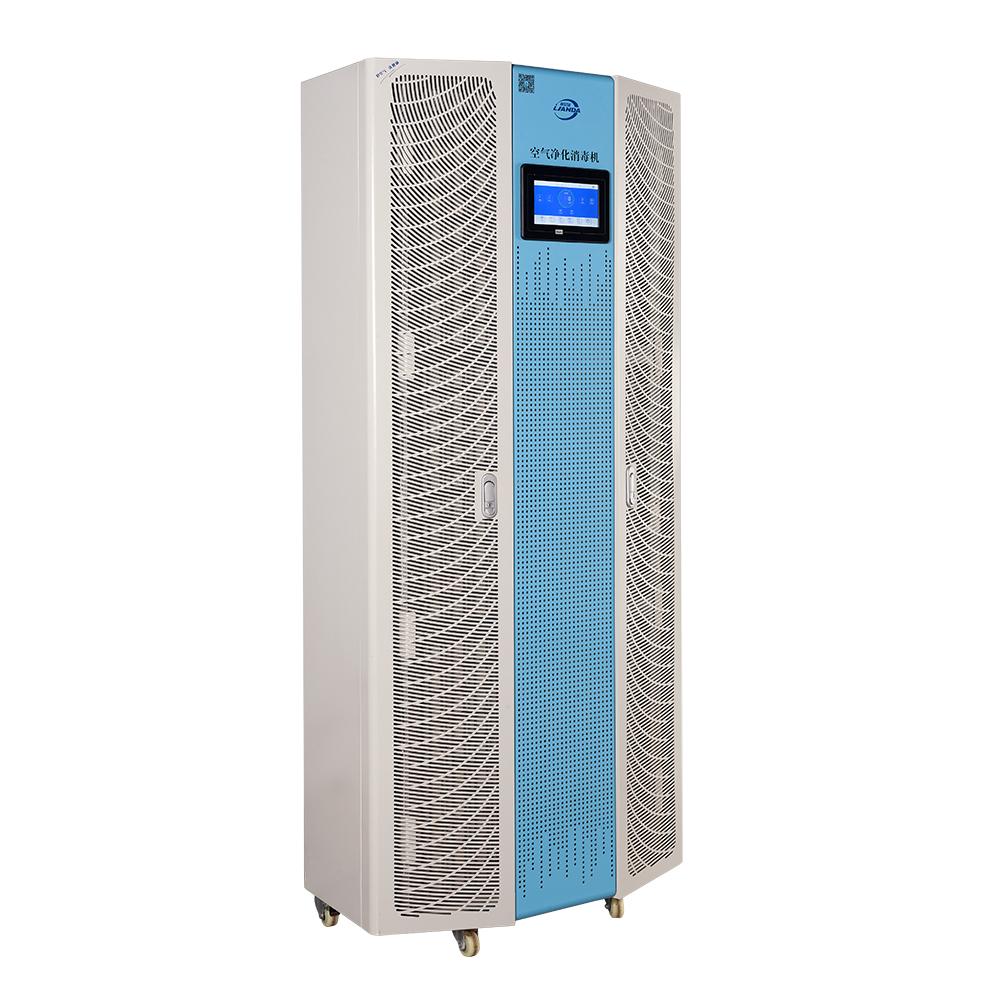Difficulties in the development of medical air disinfection machines
With the improvement of public health and safety awareness and the continuation of the epidemic, medical air disinfection machines are increasingly used in hospitals and other medical places. However, in the process of its development, it still faces a series of challenges in technology, market and regulations.
1. Technical challenges of medical air disinfection machines
1.1 Reliability of disinfection effect
Medical air disinfection machines must ensure that they do not affect human health while effectively eliminating pathogenic microorganisms. Different types of pathogens have different resistance to disinfection methods, requiring disinfection machines to be highly targeted and widely adaptable.
1.2 Miniaturization and high efficiency of equipment
Many people hope that air disinfection machines can play an efficient role under economic and space-limited conditions. Developing efficient and compact equipment is a major technical challenge.
1.3 Convenience of maintenance and use
Many medical air disinfection machines need to replace consumables regularly. Many hospitals have greatly reduced the disinfection effect due to difficult equipment maintenance and complex operation. The maintenance and operation of the equipment should be as simple as possible to increase its utilization rate.
2. Market challenges faced by medical air disinfection machines
2.1 Cost and pricing
The research and development and production of medical air disinfection machines require high investment, resulting in their market pricing being usually high, while common household air purifiers are much cheaper and are used by more people. In the case of tight budgets, hospitals may be reluctant to prioritize investment in such equipment, affecting market penetration.
2.2 Market competition and standardization
With the increase in competitors in the market, the quality of products from different manufacturers varies, and the lack of unified industry standards will affect consumer choices. Establishing more systematic industry standards is crucial to improving the overall quality of products and market trust.
3. Regulatory and certification challenges faced by medical air disinfection machines
3.1 Adaptability and updating of regulations
The medical device regulations of various countries vary greatly, and medical air disinfection machines must comply with their respective laws and regulations when they are put on the market in different regions. These regulations may be continuously updated with technological advances, bringing compliance pressure to manufacturers.
3.2 Complexity of certification procedures
Medical equipment must undergo rigorous technical review and clinical trials, and its certification process is complex and time-consuming. Moreover, it costs a lot of money. The promotion of new products is often delayed by the certification cycle, which puts pressure on the market strategy and financial operation of manufacturers, and directly causes the cost of medical air disinfection machines to be much higher than that of home use.
As an important equipment for improving public health safety, the development of medical air disinfection machines faces multiple challenges. From technical efficiency and reliability to cost competition in the market, to the complexity of regulations and certification, all require the joint efforts of all relevant parties in the industry. Only by breaking through these difficulties can medical air disinfection machines better serve the medical industry and provide patients with a safer medical environment. In the future development, medical air disinfection machines still have a wide range of development space. Due to various reasons, medical institutions in many countries have not yet been widely installed, and there is still a lot of room for development in the future.
